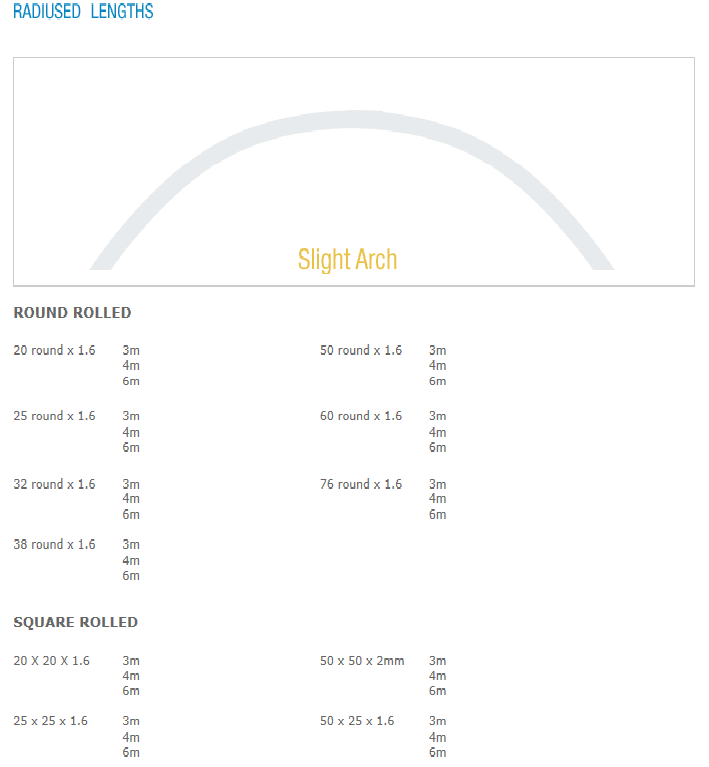

Because it requires less bend force, air bending tends to use smaller tools than other methods. The punch forms the bend so that the distance between the punch and the side wall of the V is greater than the material thickness (T).Įither a V-shaped or square opening may be used in the bottom die (dies are frequently referred to as tools or tooling). This bending method forms material by pressing a punch (also called the upper or top die) into the material, forcing it into a bottom V-die, which is mounted on the press.

The other types of bending listed use specially designed tools or machines to perform the work. Note that some locations do not differentiate between the two different kinds of dies (punches and dies). Dies are usually stationary and located under the material on the bed of the machine. A die with a long rail form tool that has concave or V shaped lengthwise channel that locate the outside profile of the form is called a die.

Punches are usually attached to the ram of the machine by clamps and move to produce the bending force. A die with a long rail form tool with a radiused tip that locates the inside profile of the bend is called a punch. The configuration of the tools for these three types of bending are nearly identical. These three are Air Bending, Bottoming and Coining. There are three basic types of bending on a press brake, each is defined by the relationship of the end tool position to the thickness of the material. Types A schematic of coining with a backgauge The U-punch forms a U-shape with a single punch. The formed bend radius is dependent upon the dies used, the material properties, and the material thickness.

The bend radius refers to the inside radius. The bend deduction is the amount the sheet metal will stretch when bent as measured from the outside edges of the bend. When sheet metal is bent, it stretches in length. The amount of spring back is dependent on the material, and the type of forming. When bending is done, the residual stresses cause the material to spring back towards its original position, so the sheet must be over-bent to achieve the proper bend angle. Usually bending has to overcome both tensile stresses and compressive stresses. In press brake forming, a work piece is positioned over the die block and the die block presses the sheet to form a shape. Typical products that are made like this are boxes such as electrical enclosures and rectangular ductwork. Commonly used equipment include box and pan brakes, brake presses, and other specialized machine presses. Bending A chimney starter, a sample product of bendingīending is a manufacturing process that produces a V-shape, U-shape, or channel shape along a straight axis in ductile materials, most commonly sheet metal. For the form of stage magic, see Spoon bending.


 0 kommentar(er)
0 kommentar(er)
